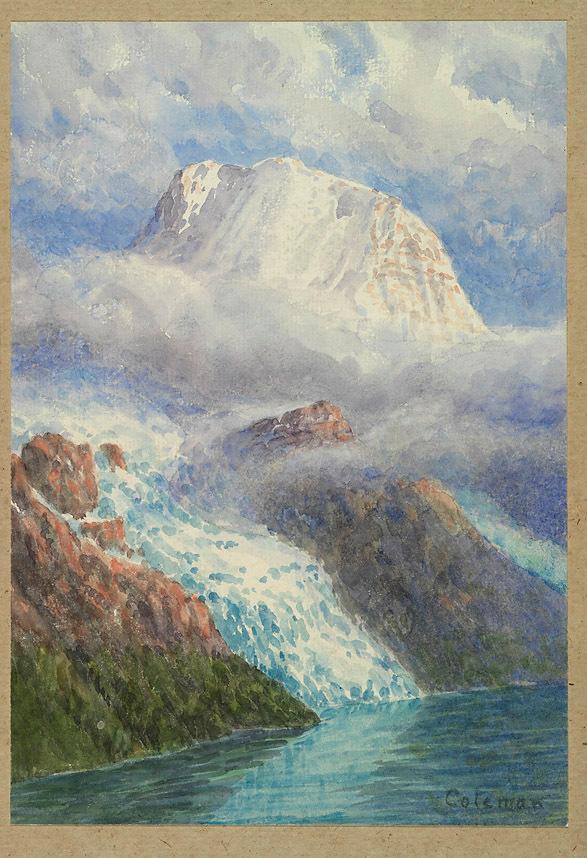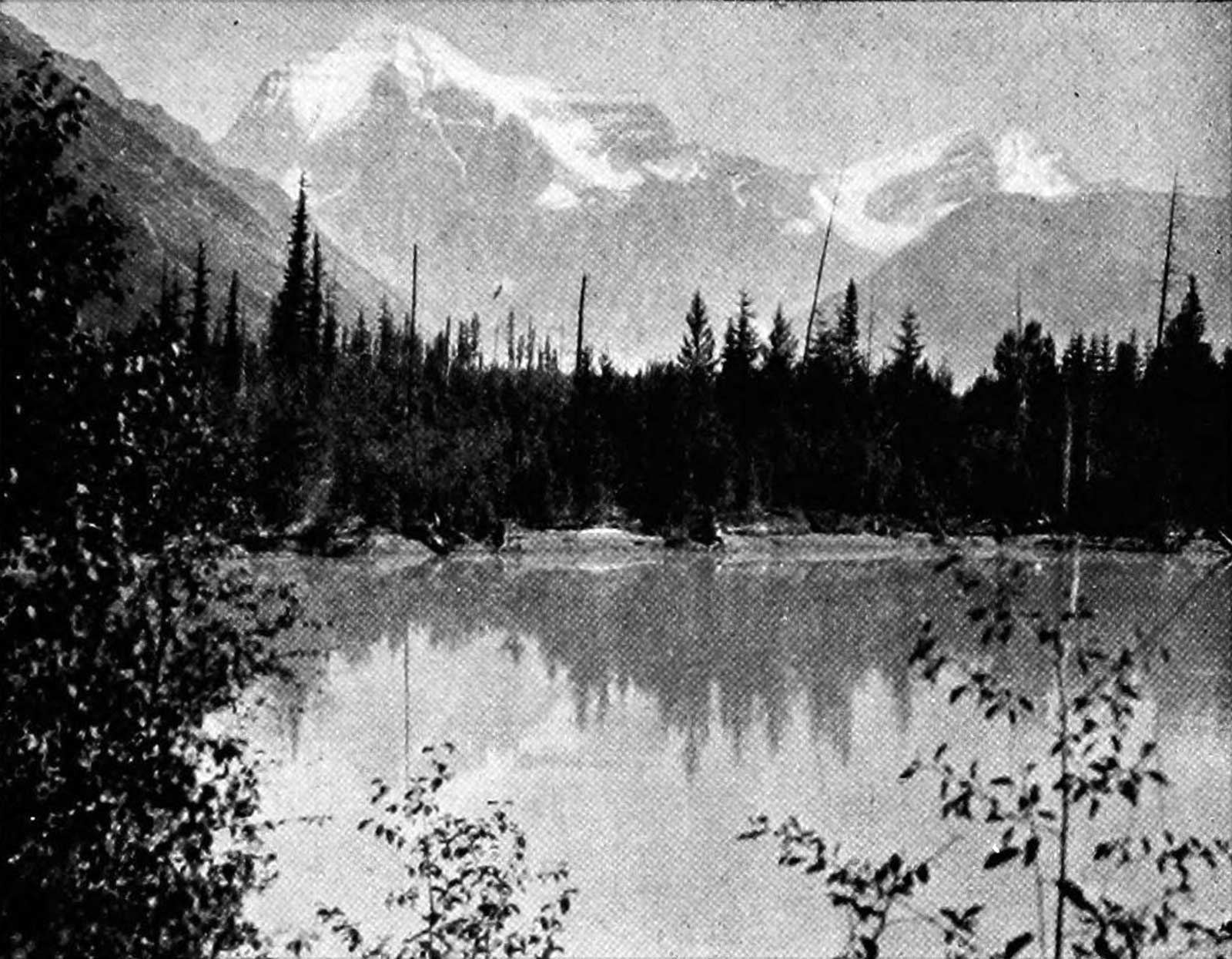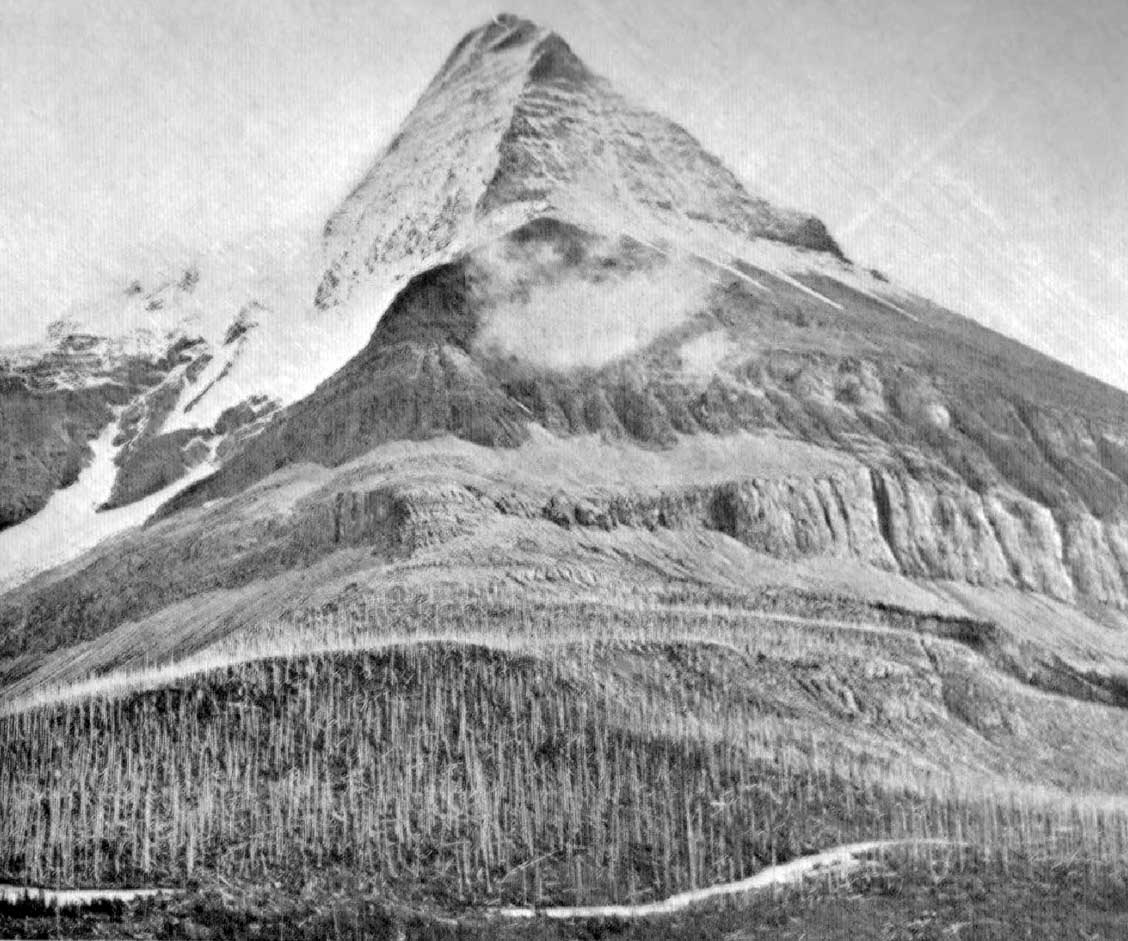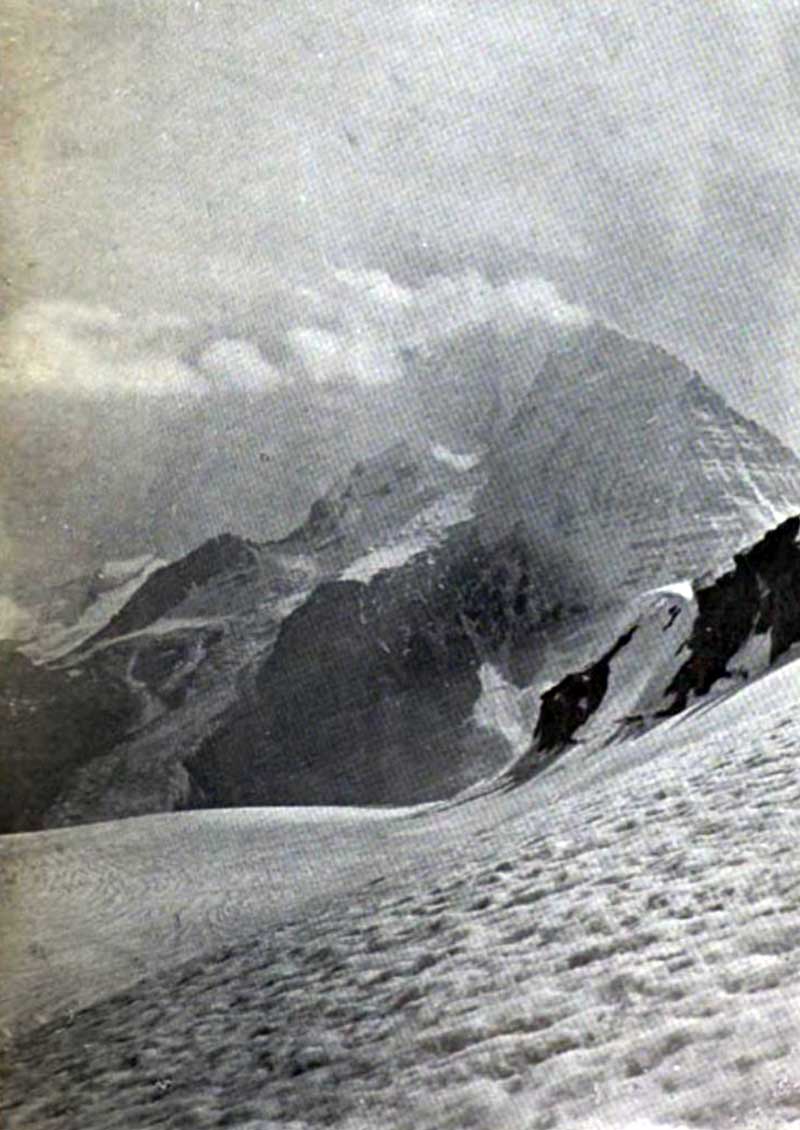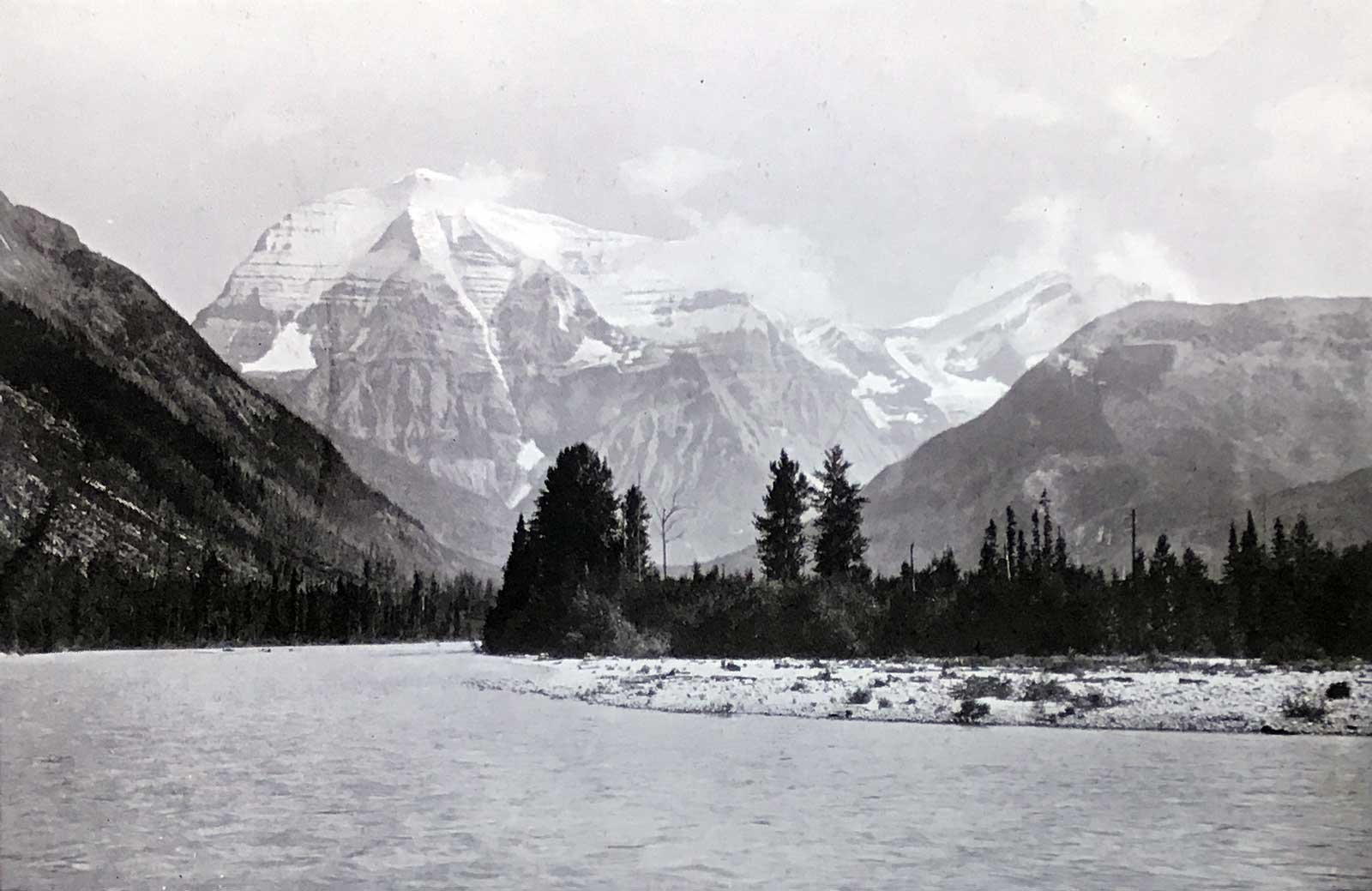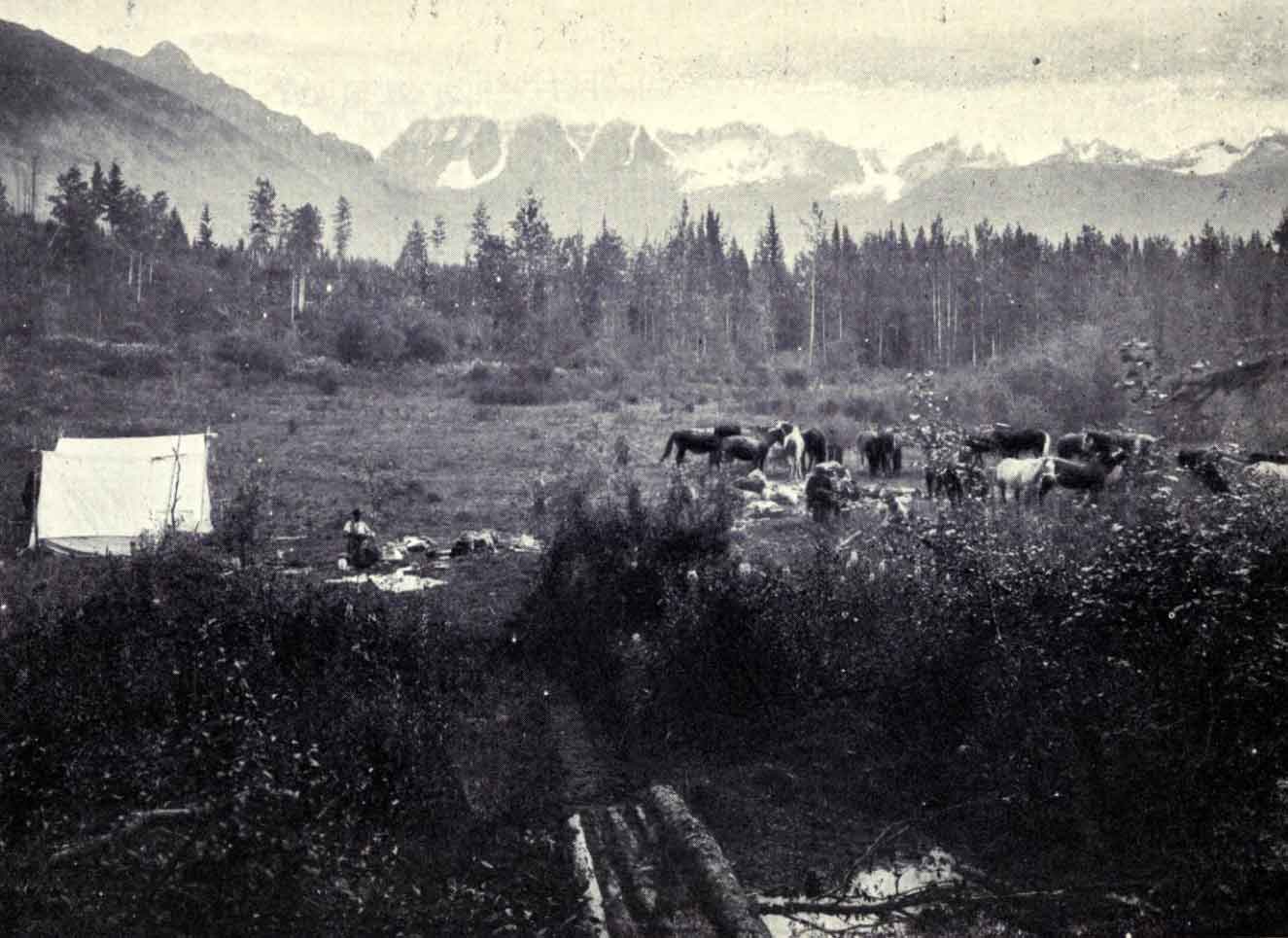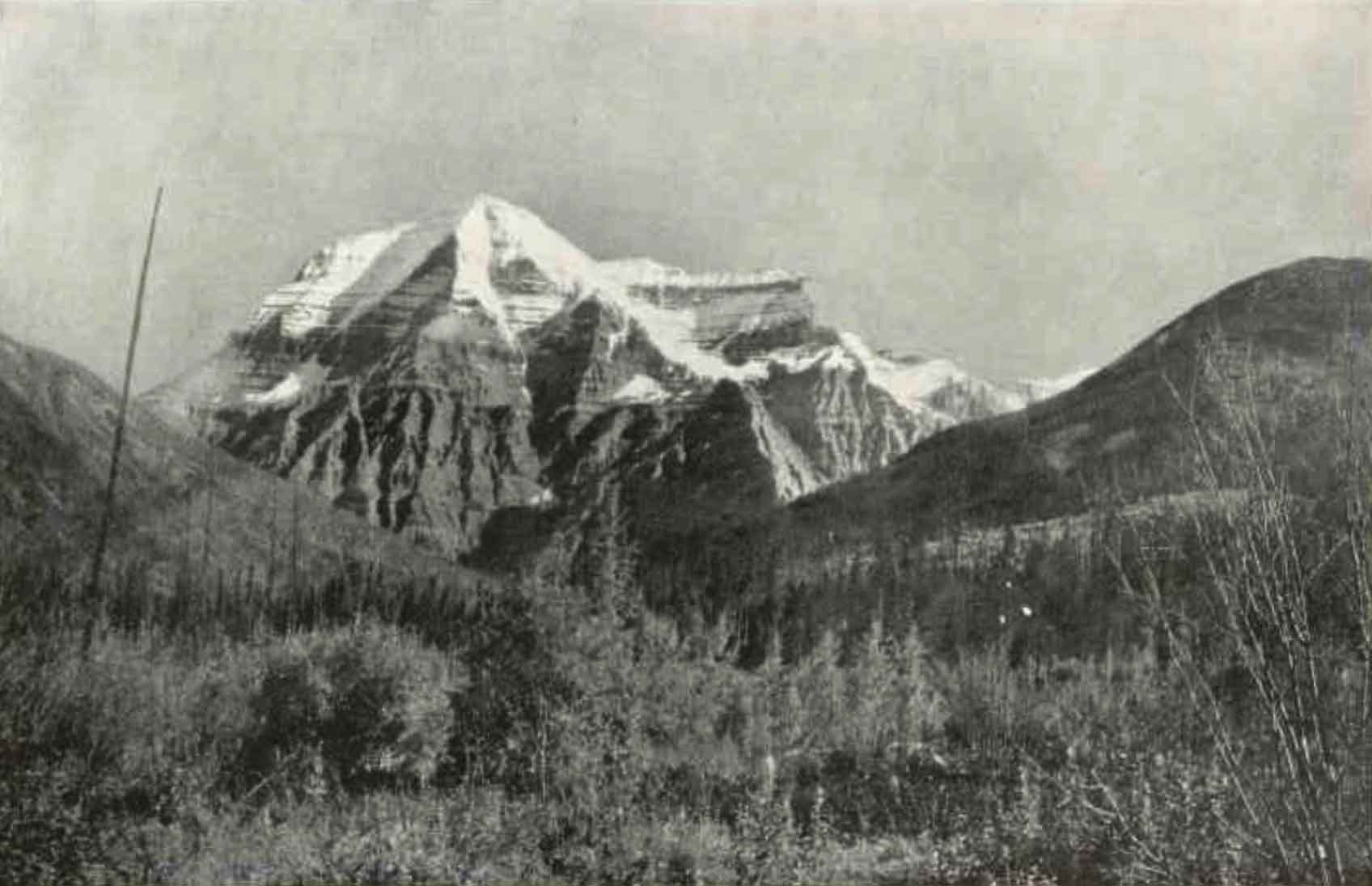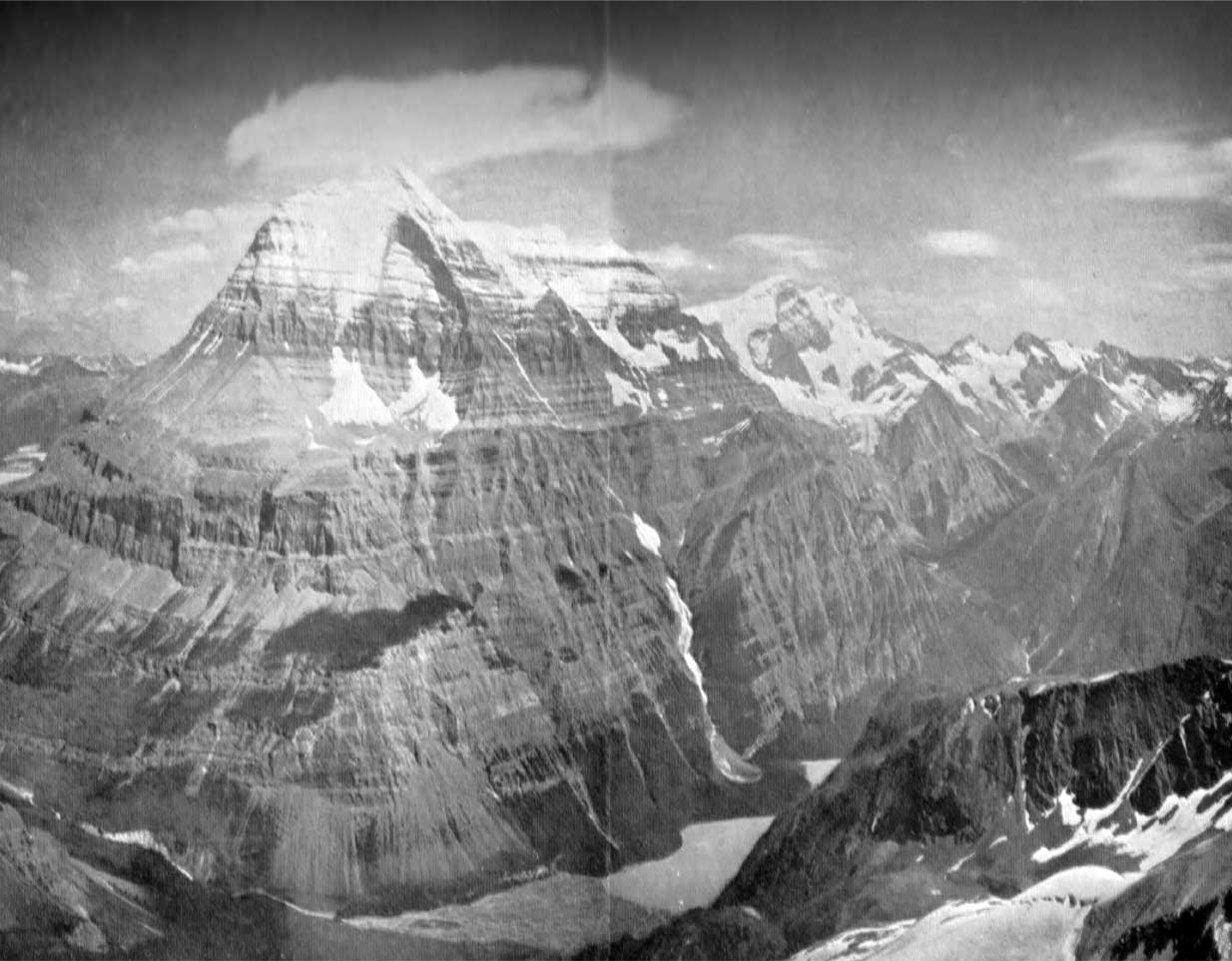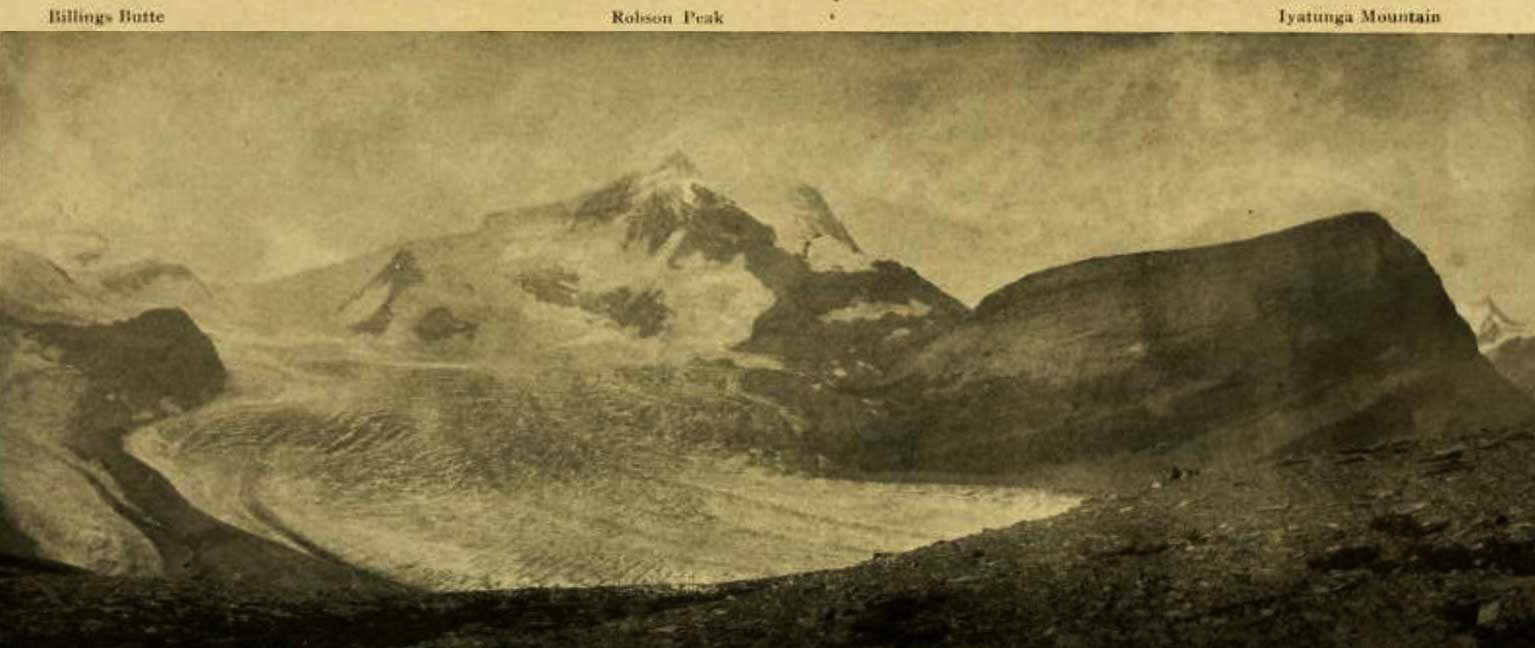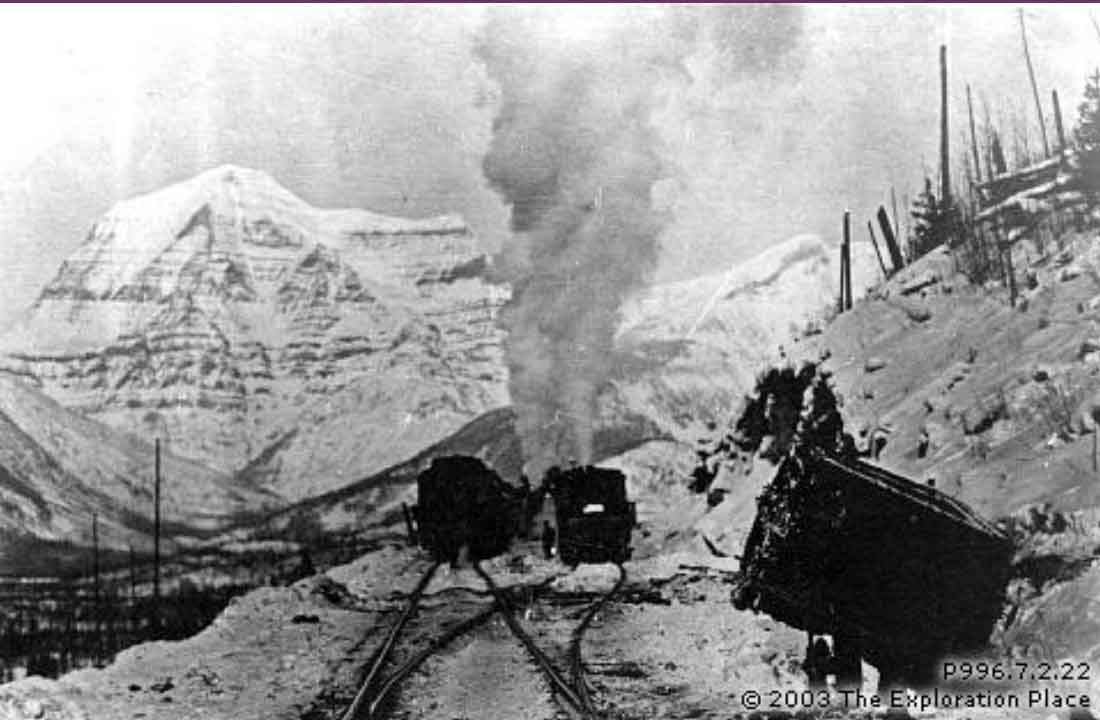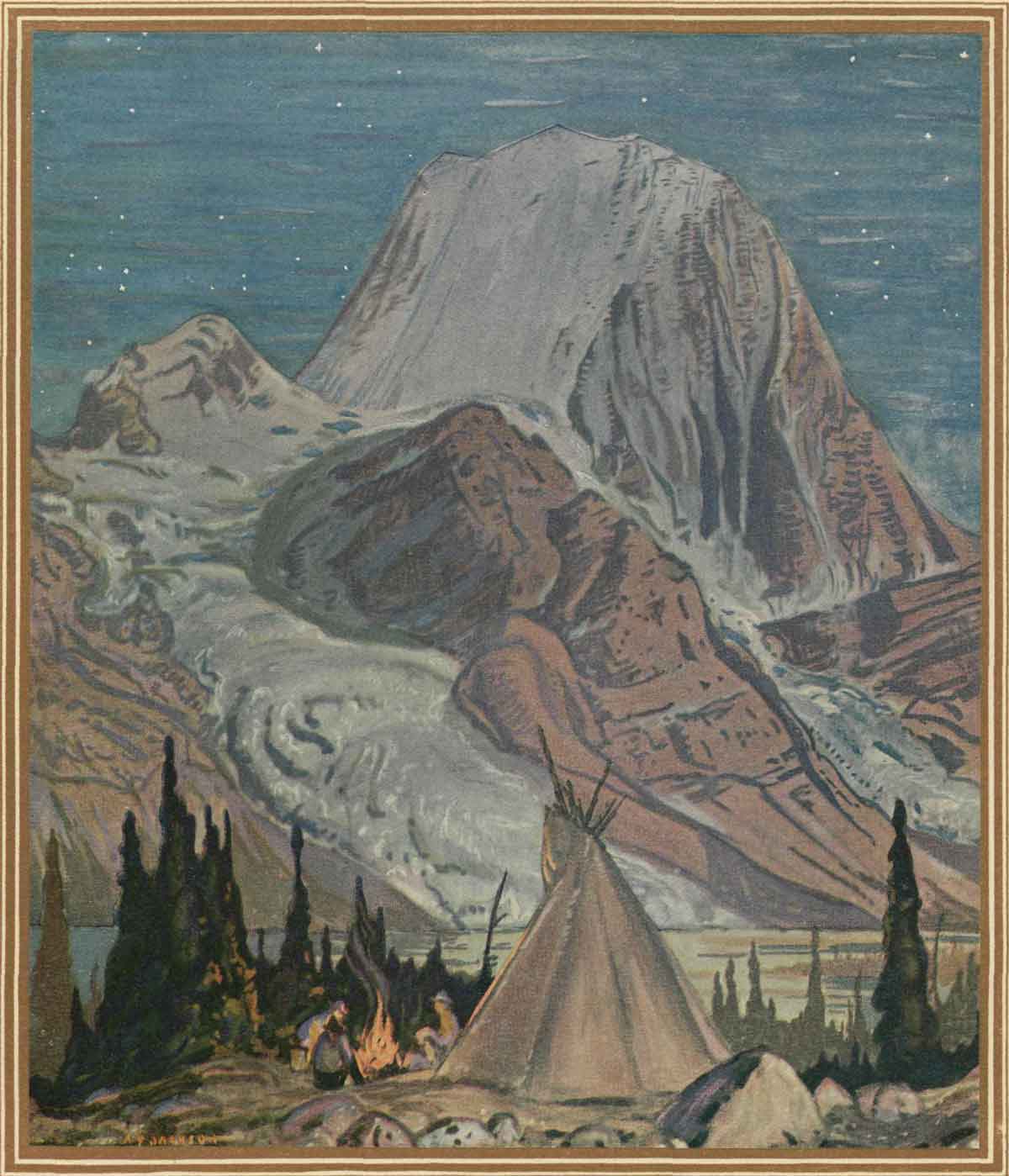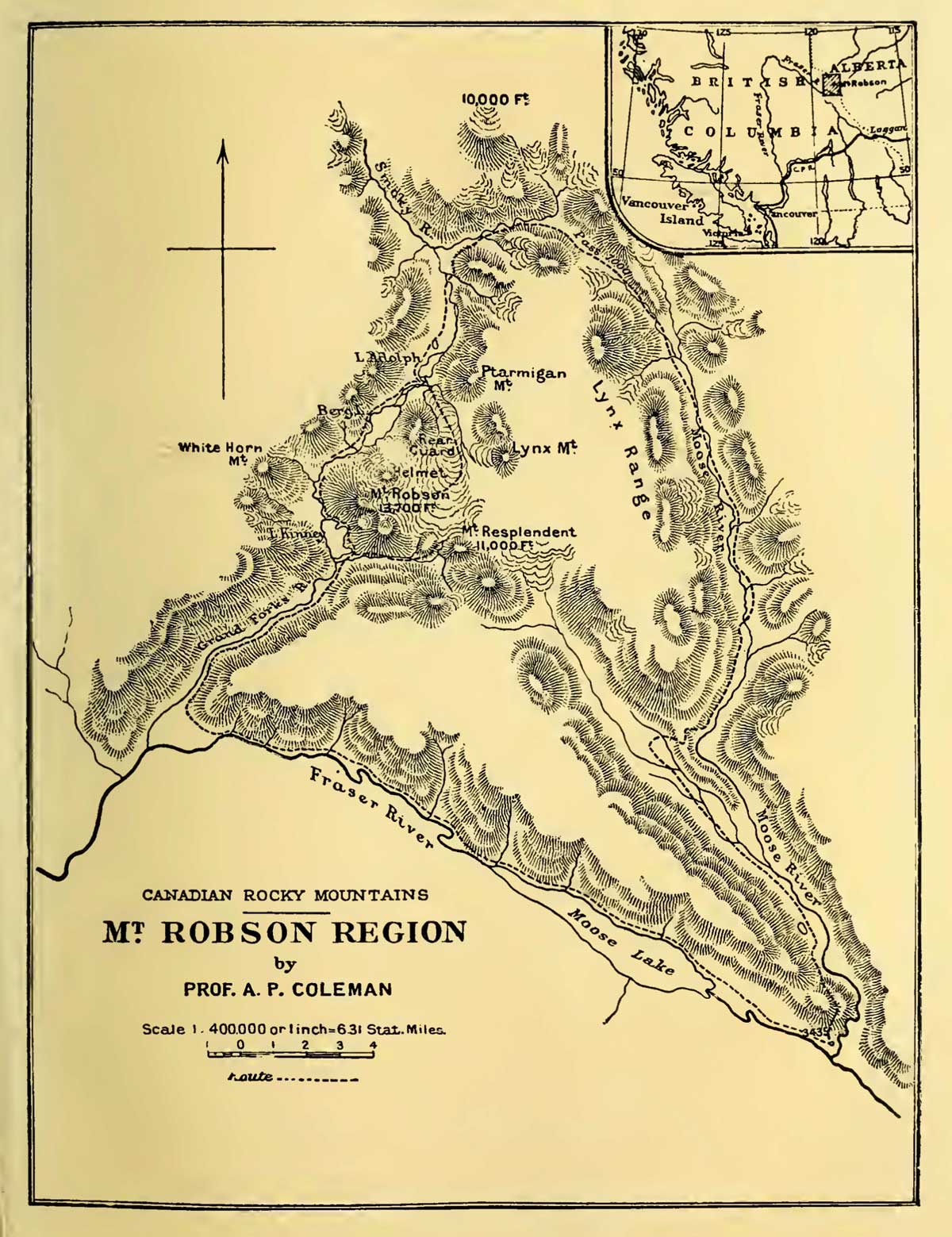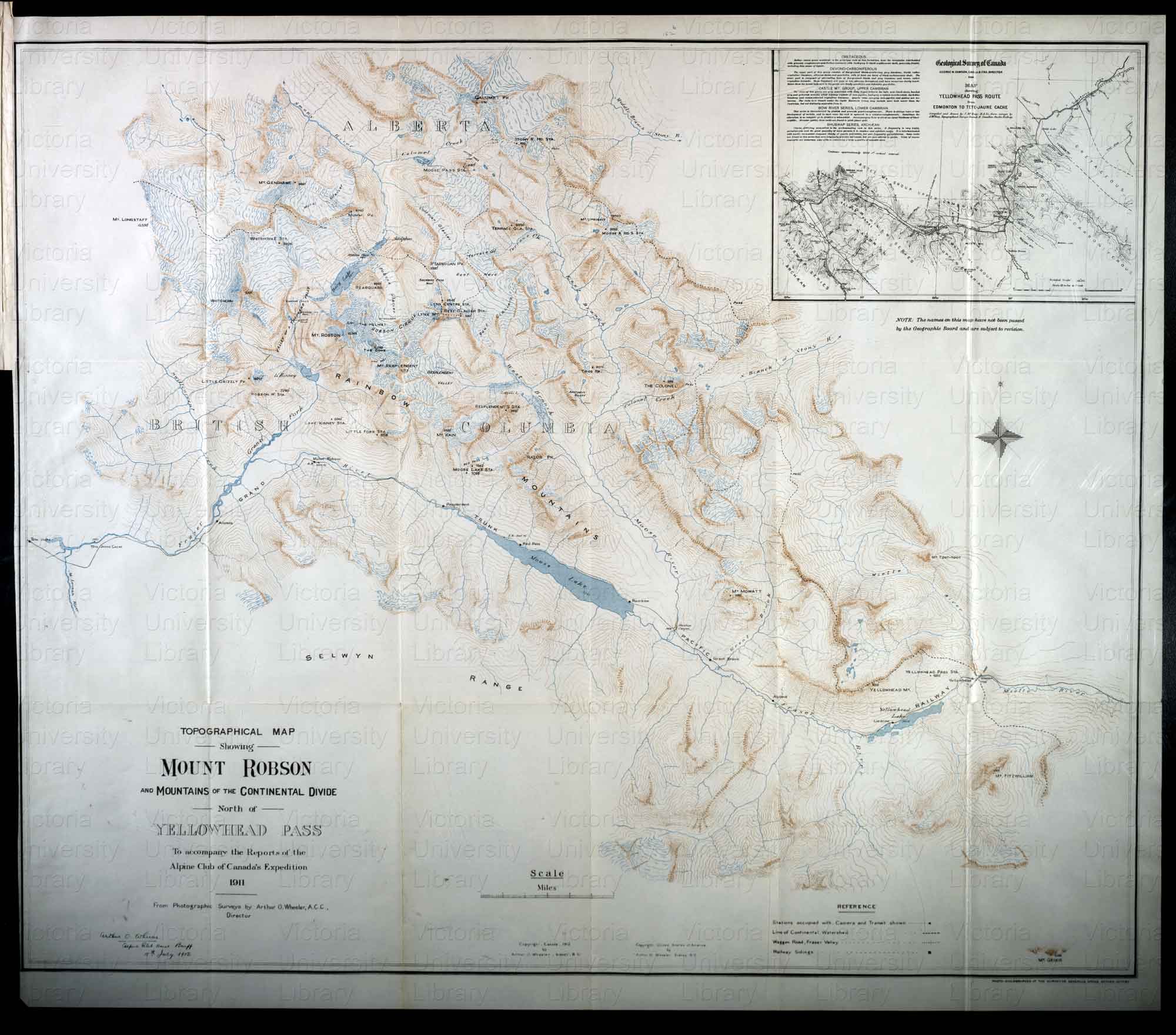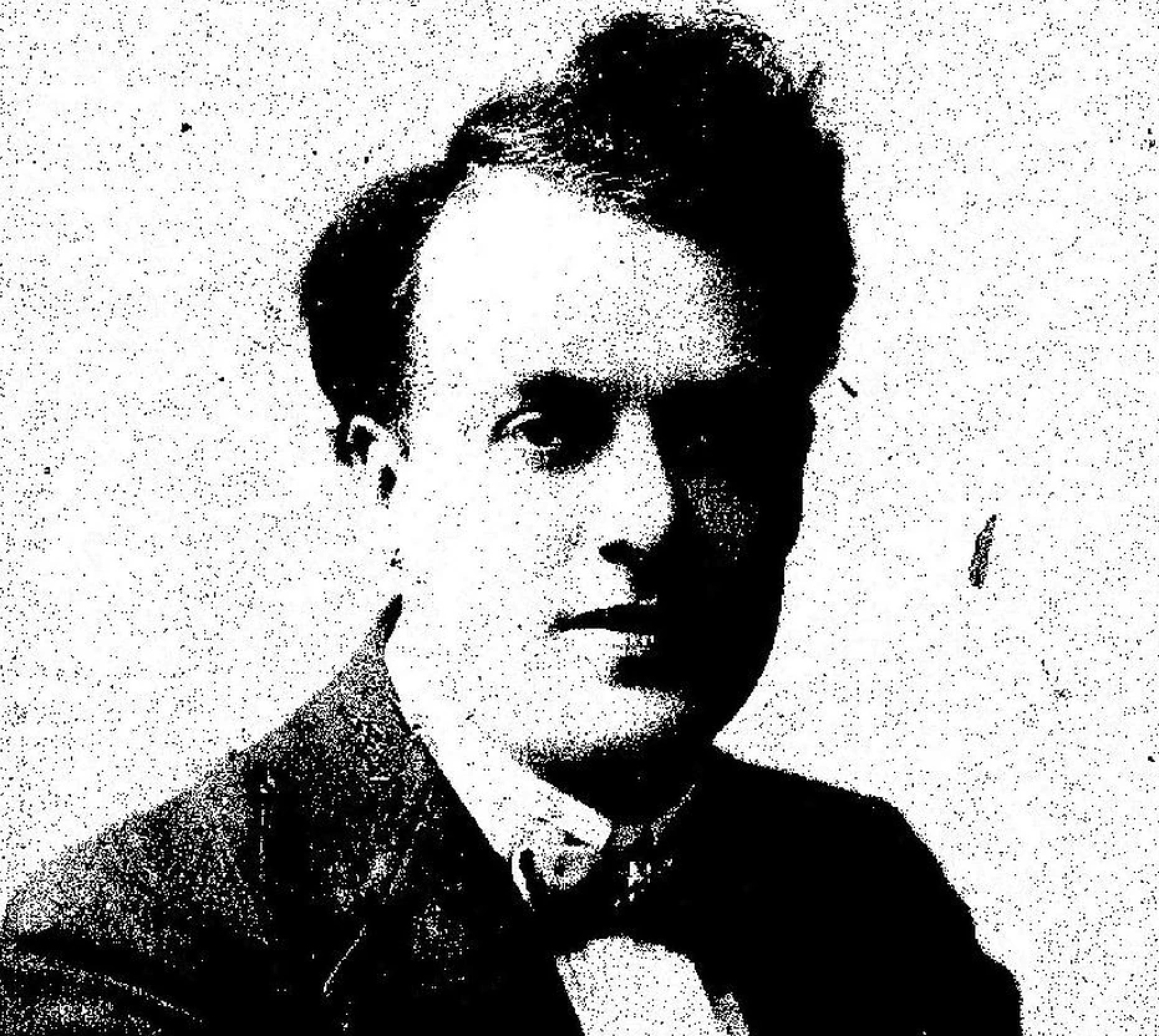North West Company
b. 1779 — Montreal, Quebec
d. 1821 — London, England
Rupert’s Land under this charter was the proprietary colony of the Hudson’s Bay Company [1670–] and as such for two centuries it was held. But it was not held in peace. The gifts of the charter were challenged in England and abroad. France had claims to the territory as part of the province of New France; she had bestowed the region on one of her colonizing companies much before 167o and she was not disposed to give up her rights there without a struggle. This was one of the questions that was fought over in the long Anglo-French duel for mastery in the New World; and Rupert’s Land, or parts of it, changed hands repeatedly with the fortunes of war before its fate was finally determined in 1763 by the expulsion of France from the continent of North America.
But the removal of this foreign threat served only to stimulate domestic challenge to the charter. Almost from the beginning there had been question as to the charter’s validity on the ground that it emanated from royal authority without legislative ratification, and that it granted monopoly rights which, after the Statute of Monopolies of 1623, the crown could not legally bestow. It was argued also in later years that in 167o Rupert’s Land was not Charles Il’s to give, being then the soil of France, that England gained it first in 1763, when it came by conquest and unencumbered by Stuart gifts of monopoly. Supported by such arguments, free traders from England and Canada defied the exclusive privileges of the Hudson’s Bay Company and after 1763 did so with increasing determination and success.
Among the free traders who intruded on Rupert’s Land was a group which in 1787 united to form the North West Company of Montreal. This was a redoubtable organization, characterized on the one hand by the dash and aggressiveness of adventurers, and on the other by the stability and the foresight of men of money. Two classes of shareholders were in it: eastern partners, merchants of substance in Montreal and Quebec, who supplied the capital, and the so-called “wintering partners” who contributed the skill and experience which went into leadership in the field. Zeal on the part of employees was stimulated by holding out to promising young men brought into the service the prospect of promotion to the wintering-partner status. There were in the employ of the Company at one time not far from two thousand men clerks, voyageurs, laborers, interpreters, guides and various other functionaries of the trade. The Company had a route to the interior, less direct, to be sure, than the Hudson Bay passage but advantageous in other respects. This was the southern highway consisting of the broad St. Lawrence and the Ottawa to the Great Lakes, and the Rainy Lake passage thence to the waters of the Saskatchewan. At Montreal and at Fort William on the western shore of Lake Superior the Company had great warehouses assuring to interior posts regularity of supply. This was no mean antagonist for the great British chartered monopoly.
For fifteen years the North West Company and the Hudson’s Bay Company clashed in the forests of Rupert’s Land. It was a bitter war in which each party wielded weapons of trade and of violence mercilessly in turn. Rival posts fought each other at close range; there was undercutting and overbidding; Indians were competitively plied with liquor; there was covert bargaining by each side with faithless employees of the other, and seizure and confiscation of each other’s supplies and furs. Such was the musketry of trade. From the arsenal of war were drawn raids, the levelling of each other’s trading posts, incitation of Indians and of half-breeds to violence, open fighting and secret stabbing and shooting in the shadows of the forest. Red River Colony, established in 18r under the aegis of the Hudson’s Bay Company, was in 1816 the scene of a pitched battle in which Governor Semple of the Hudson’s Bay Company Territories and twenty men fell before the fire of a party of half-breed retainers of the North West Company. Violence was succeeded after this “Battle of Seven Oaks” by a renewal of cut-throat competition and by litigation in the courts of Upper and Lower Canada.
The result of this war was complete disorganization of the northern fur trade. Prices paid to Indians for furs rose to levels which rendered profit out of the question. Ruin faced even the Indians who in competitive traffic were paid for furs in the currency of rum. Game was recklessly wasted. Furs reach prime condition only in the winter, but competition led to the trapping and hunting of pelts in all seasons, which meant not merely defective furs but extermination of the young with the full grown in the breeding season. Discipline among employees became lax; extravagance and waste crept into the conduct of the trade, a disease that spread even to the Oregon Country which lay outside the boundaries of Rupert’s Land and therefore beyond the immediate war zone. By 1820 the struggle had brought the two belligerents to the verge of bankruptcy and to the will to peace.
Peace came by way of a coalition agreement entered into in London in 1821. In the merger the Hudson’s Bay Company retained its identity; it took over the assets of the North West Company, evaluated like its own at €200,000, and to finance the consolidation doubled its outstanding stock. The charter and the ancient privileges of the Hudson’s Bay Company remained undisturbed. To the privileges a princely addition was made. The British government as a reward for the peace and as a means of preventing any future outbreak of war conferred upon the reorganized Company, under an act of Parliament of 1821, exclusive trading rights for twenty-one years in all that part of British North America lying between Rupert’s Land and the Rocky Mountains, and, in addition, the sole British trading rights in the whole of the Oregon Country. Thus the entire area which is now the Dominion of Canada excepting only the valley of the St. Lawrence and the maritime provinces was, after 1821, under the control of the Hudson’s Bay Company, either as proprietor or as possessor of exclusive trading rights, and besides the Company held sole British rights of trade in all of what is now the Pacific Northwest of the United States. [1]
- 1778 Pond to Athabasca
- 1779 NWC Organized
- 1789 Mackenzie reaches Arctic Ocean and explores Slave & Mackenzie River
- 1792 Mackenzie sets out
- 1793 Mackenzie crosses divide
- 1793 Mackenzie sees Sekani woman among Soda Cree
- 1804 Fort Simpson established by Northwest Company
- 1805 Fort St. John established by Northwest Company
- 1805 Mcleod’s Lake post established by Simon Fraser
- 1805 Fort Nelson established on Liard River
- 1805 Hudson Hope post established at Rocky Mountain Portage
- 1806 Fort St. James established on Stuart Lake
- 1806 Fort Fraser post established by HBC at Fraser Lake
- 1807 Fraser founds Fort George
- 1807 David Thompson visits the Kutenai. Kutenai House established
- 1808 Fraser descends Fraser
- 1811 David Thompson crosses Athabasca Pass
- 1812 NWC vs. HBC
- 1813 NWC post at Brûlé Lake
- 1821 Northwest Company and Hudson’s Bay Company merge, known as HBC
- Hudson’s Bay Company [Founded 1670 – dissolved 2025]
- 1. Simpson, George [1792–1860], and Merk, Frederick [1887–1977], editor. Fur trade and empire. George Simpson’s journal entitled Remarks connected with fur trade in consequence of a voyage from York Factory to Fort George and back to York Factory 1824-25. Cambridge, Mass.: Harvard University Press, 1931. University of British Columbia Library [accessed 10 March 2025]


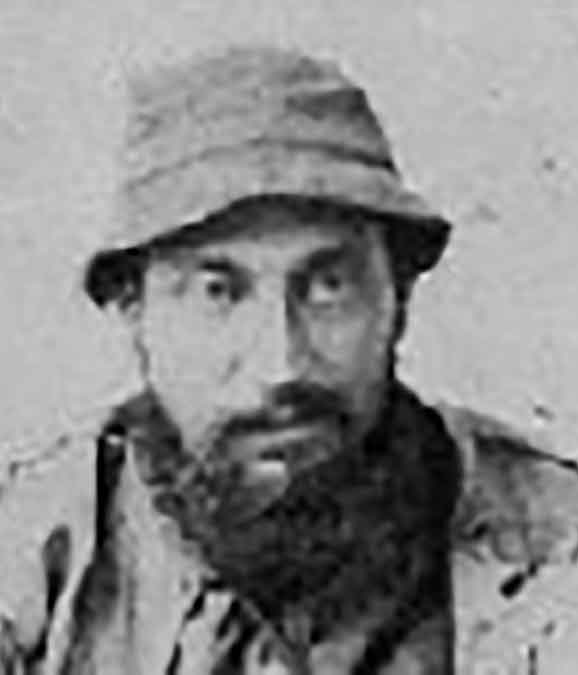


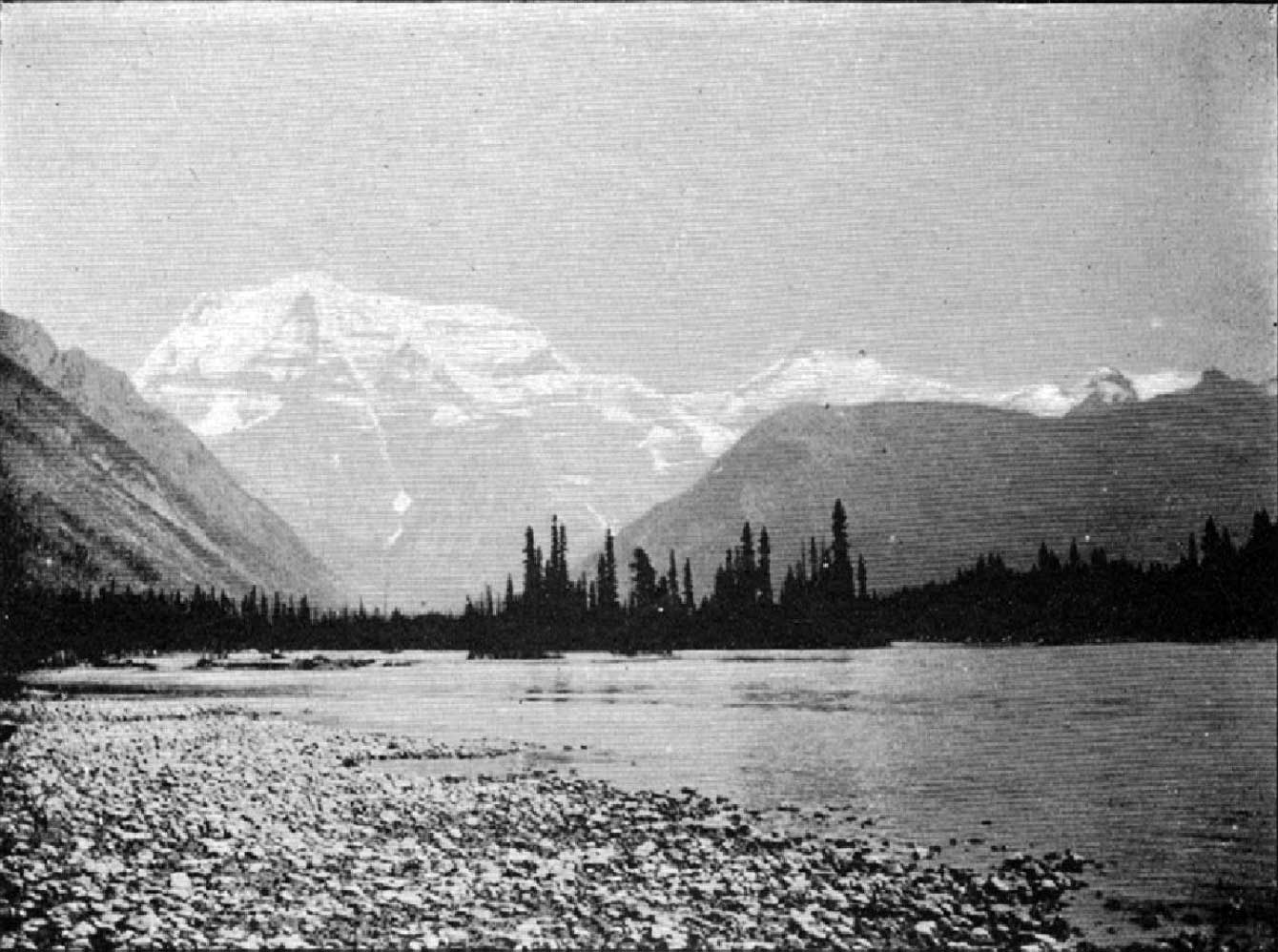
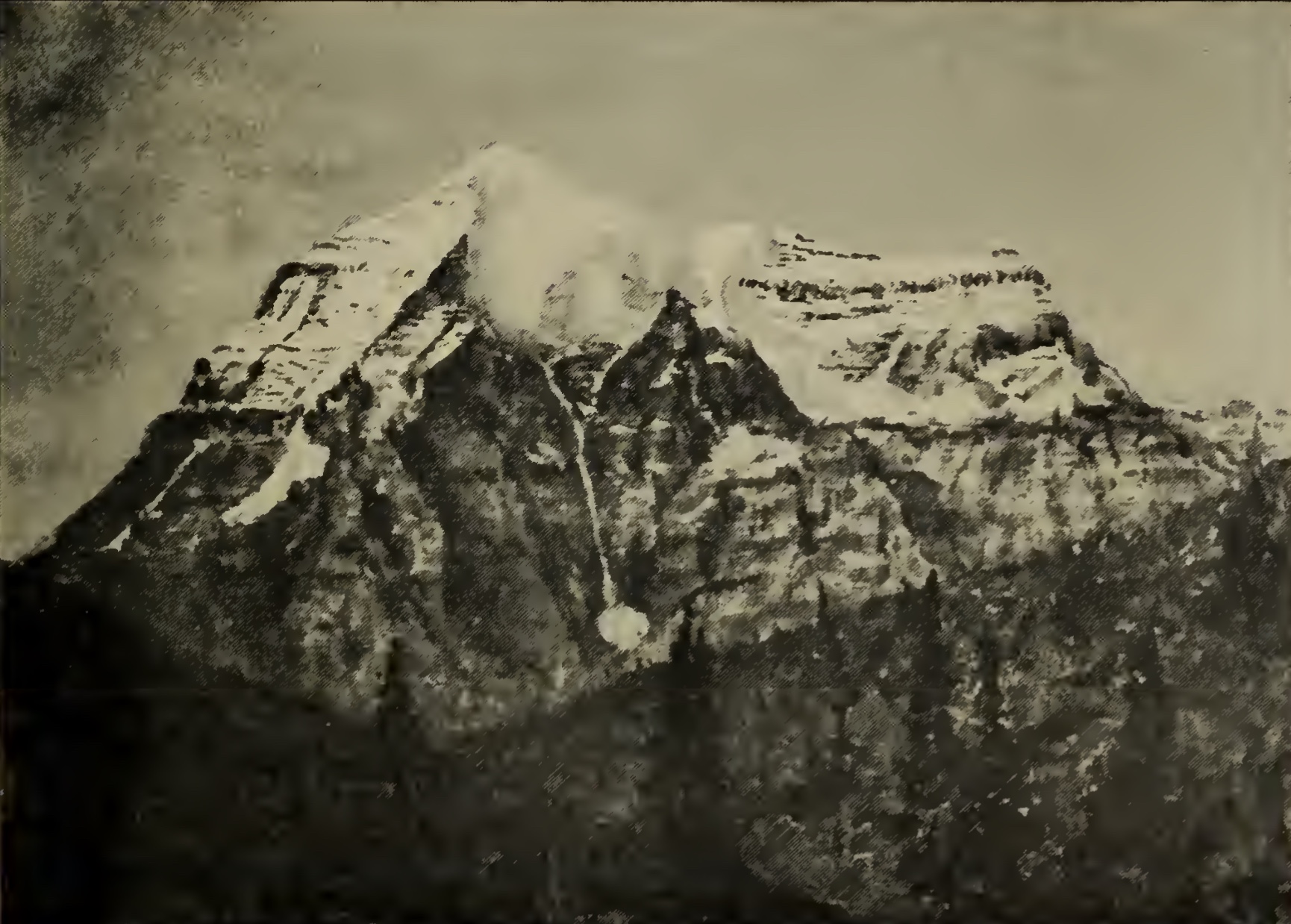
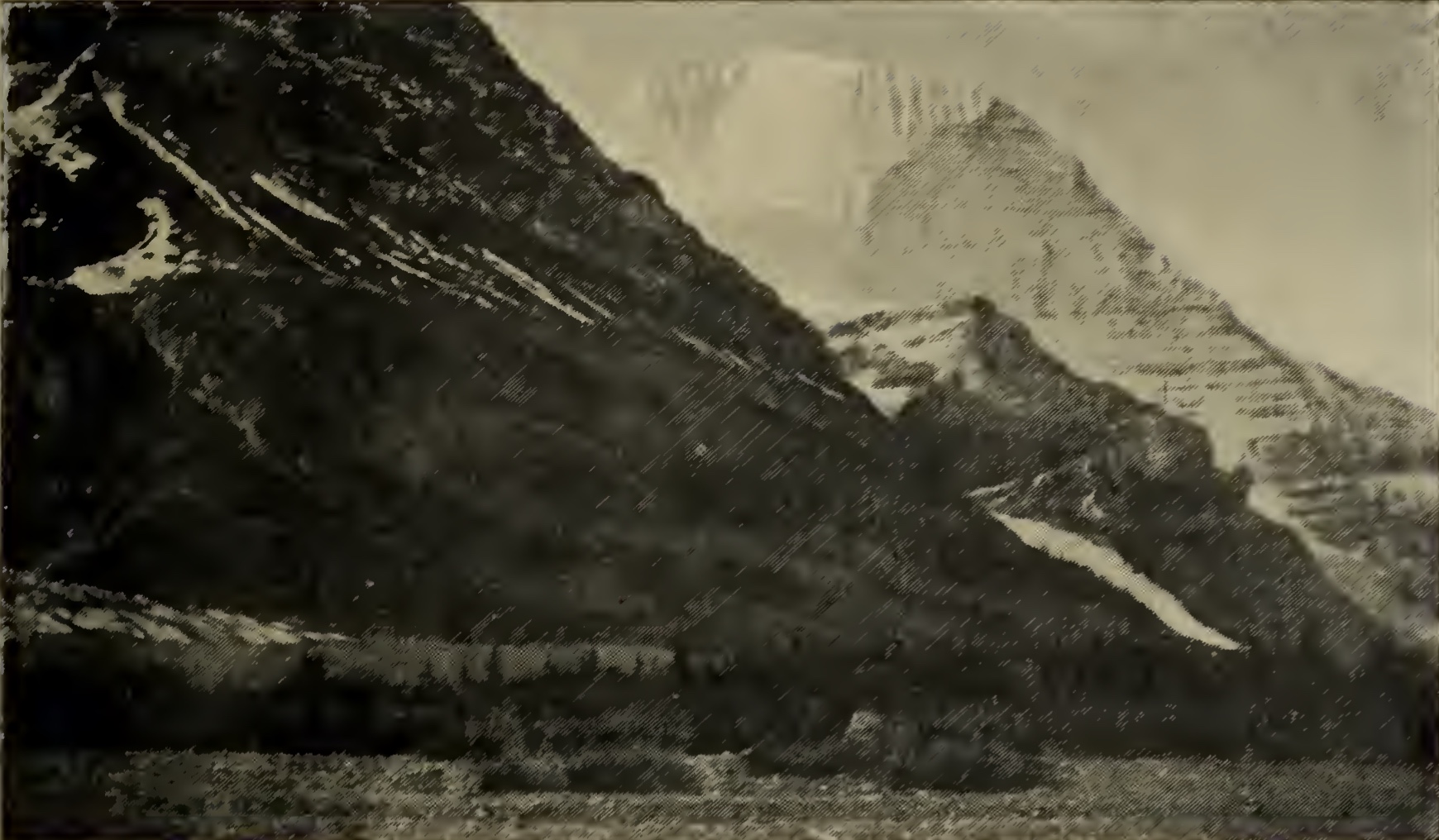
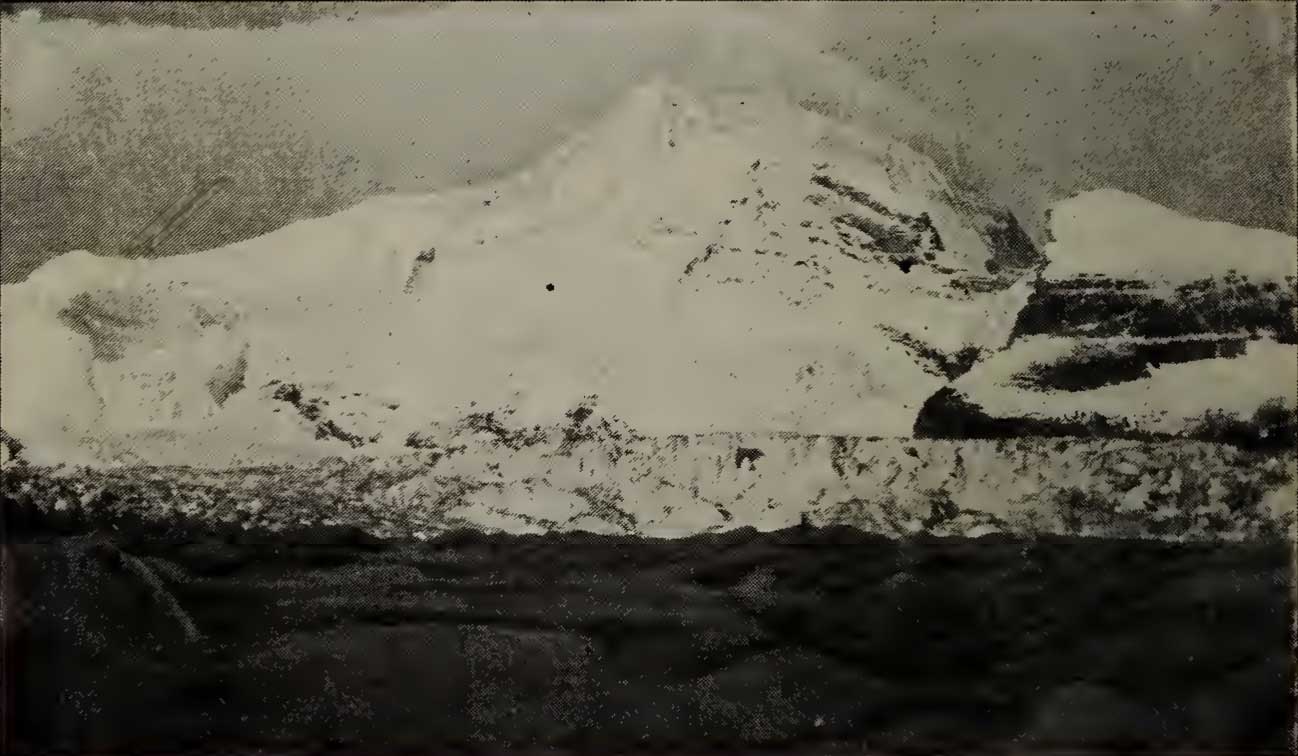
![Sunrise on Mount Robson [1908 ?] Arthur Philemon Coleman Watercolour over pencil on paper](/wp-content/uploads/2023/03/coleman-sunrise-mt-robson.jpg)

